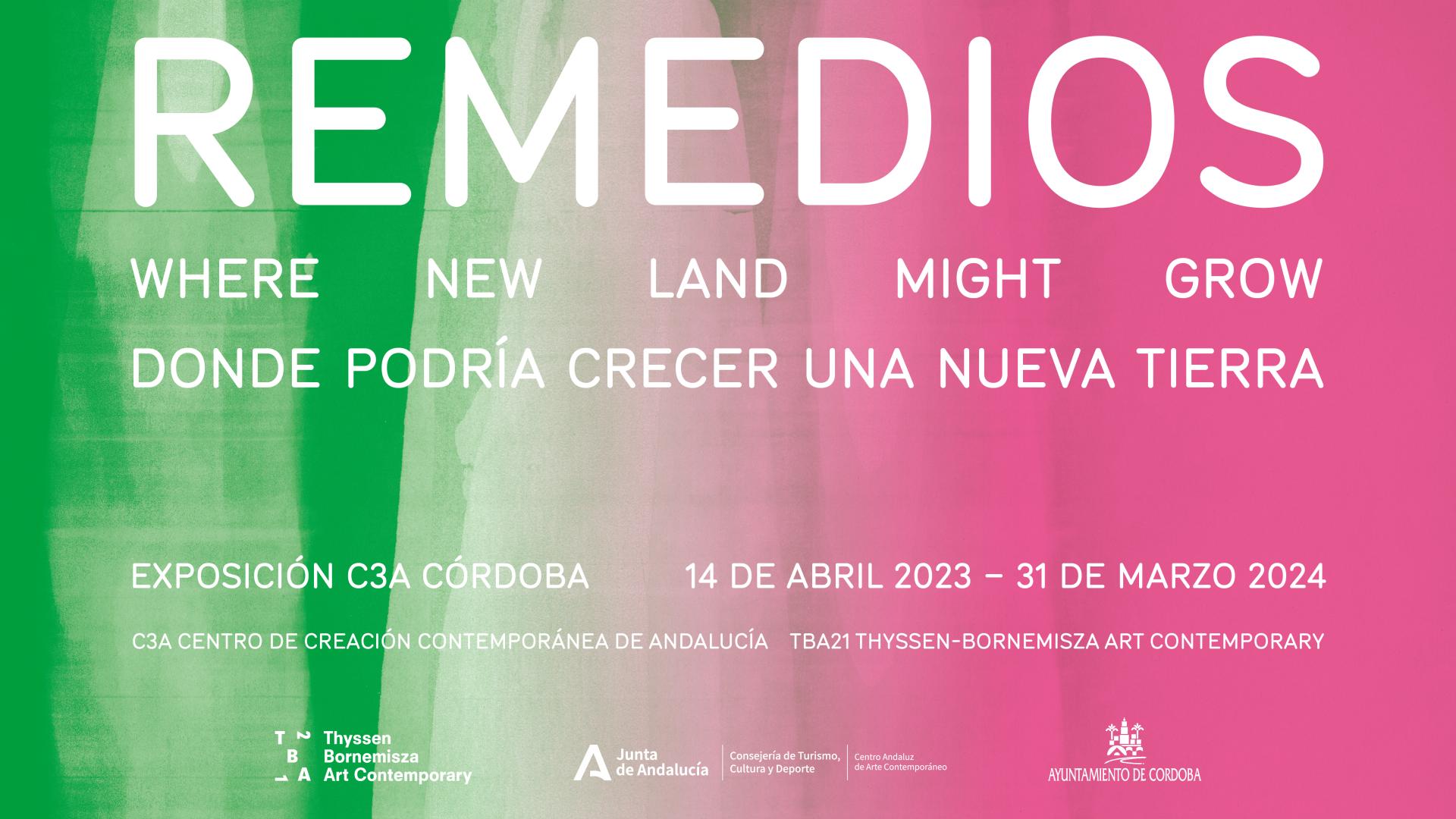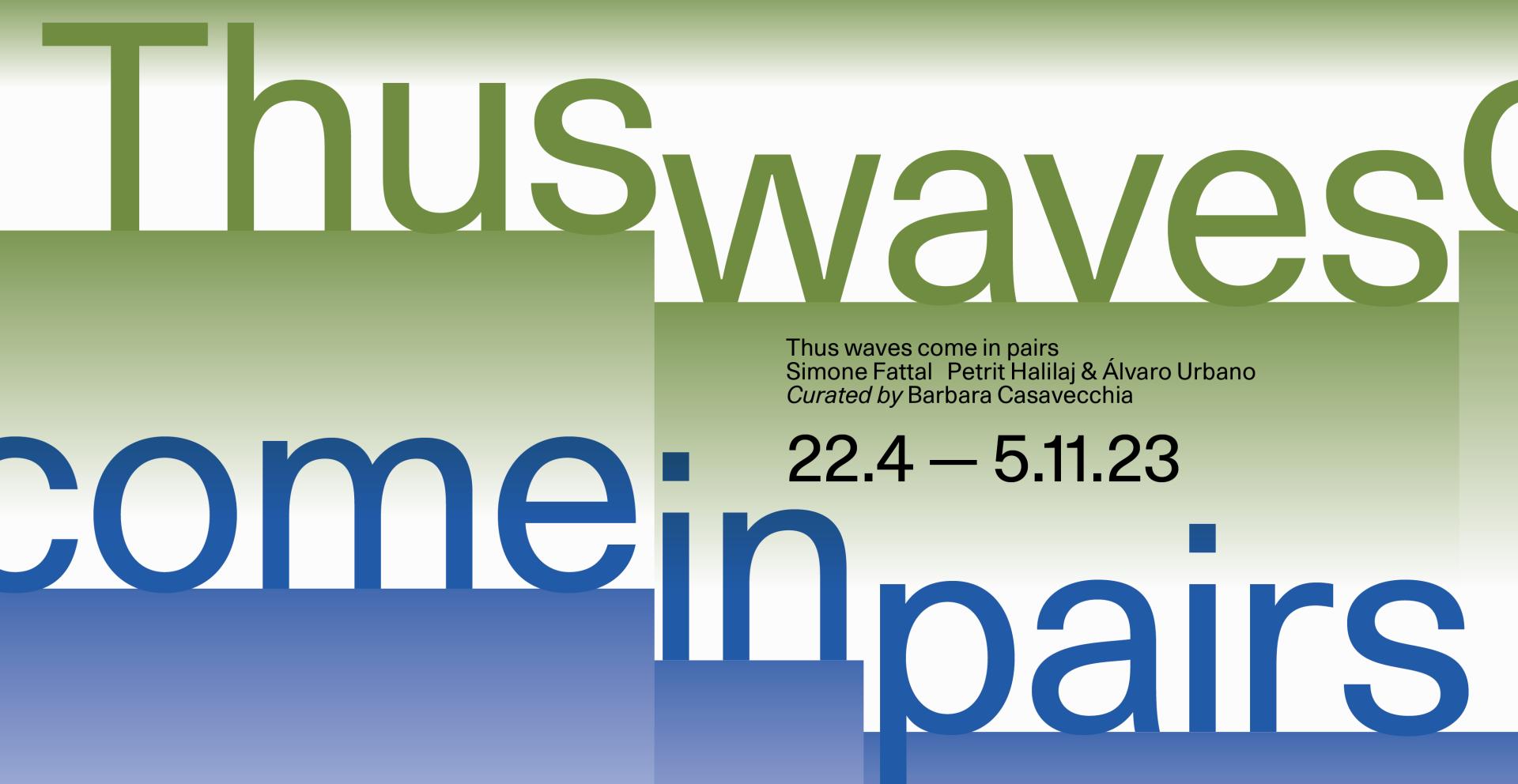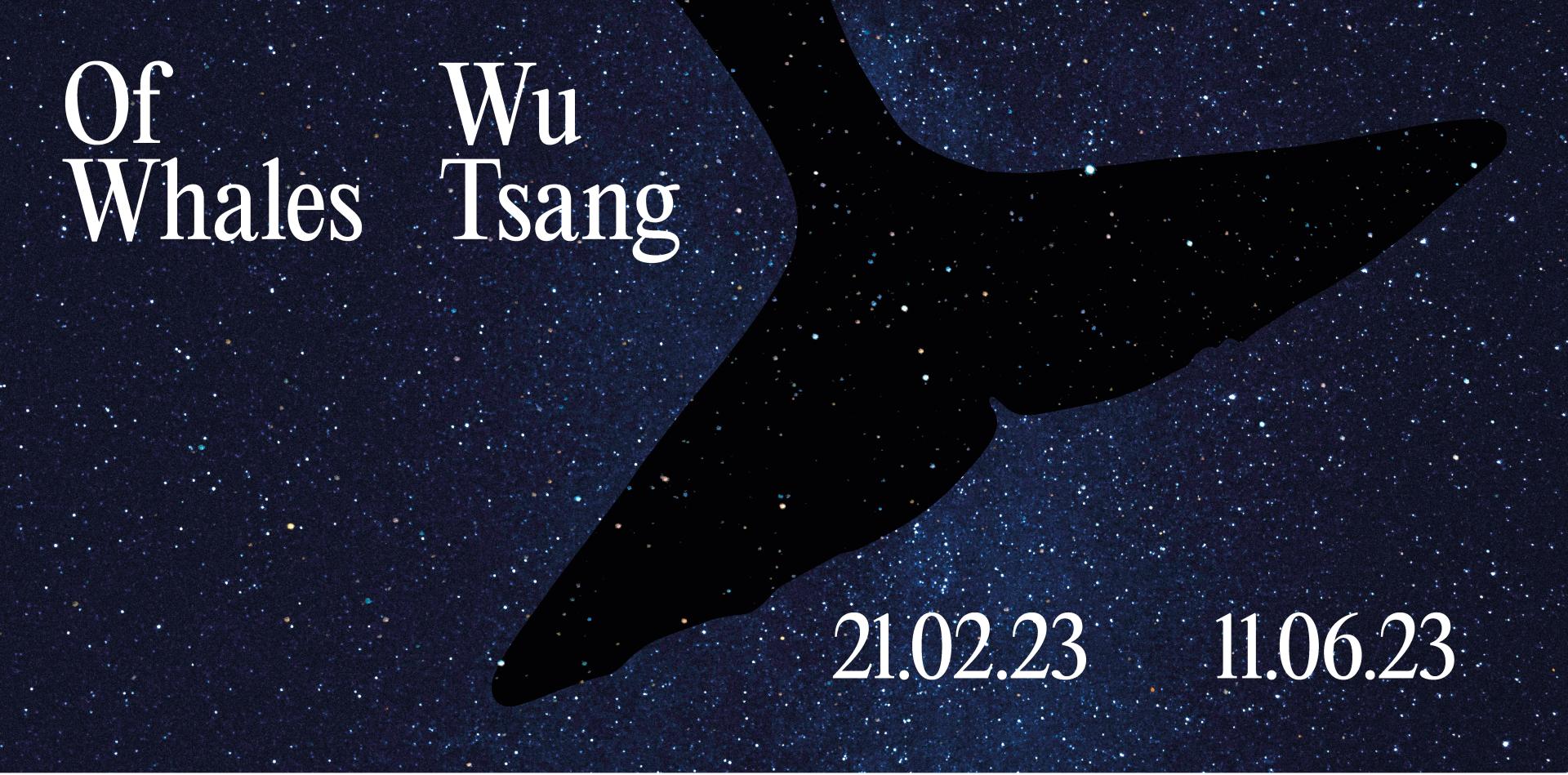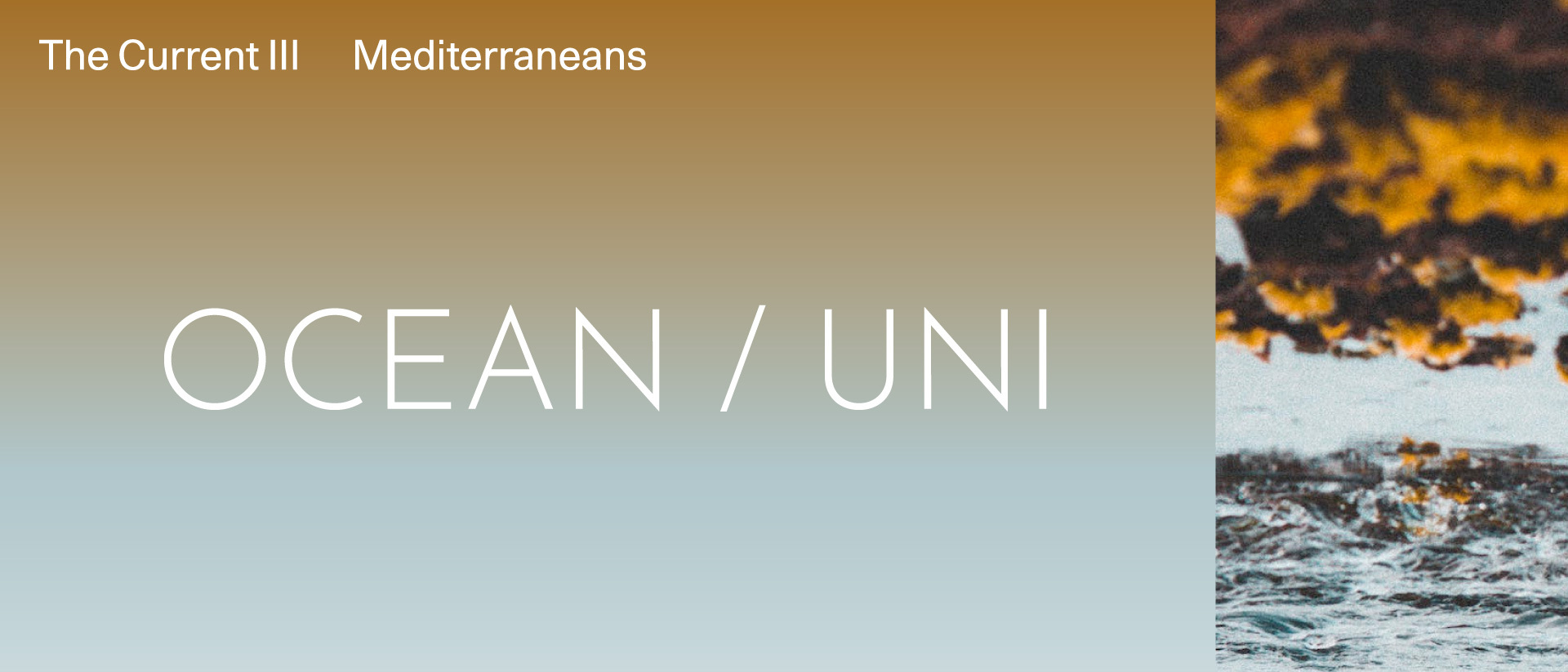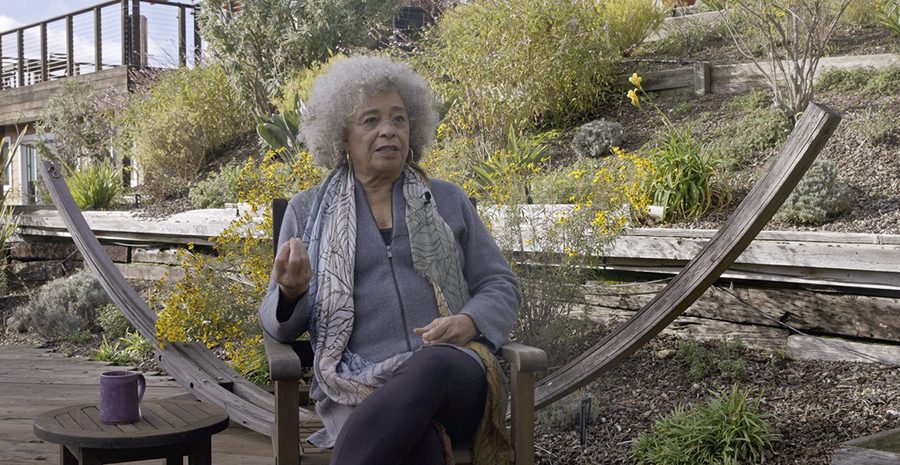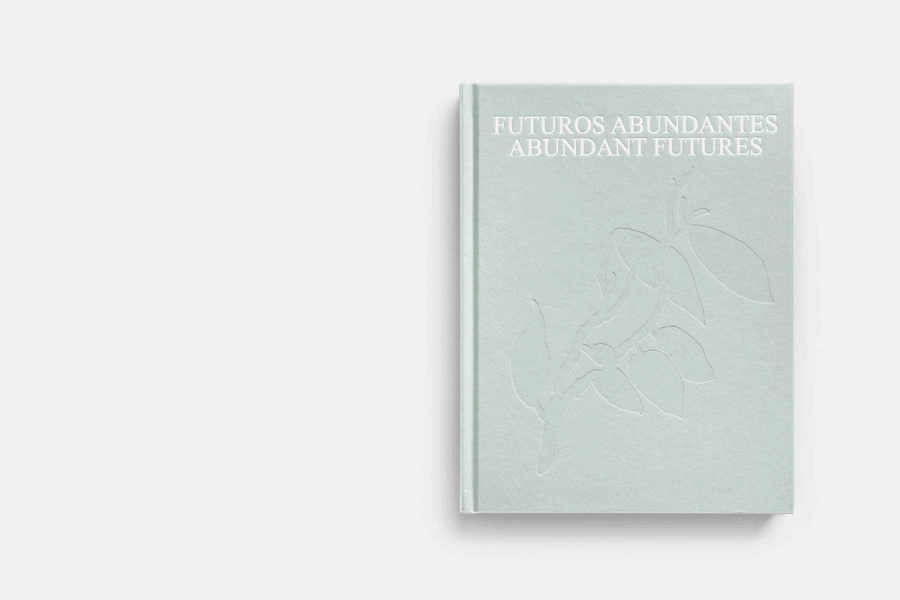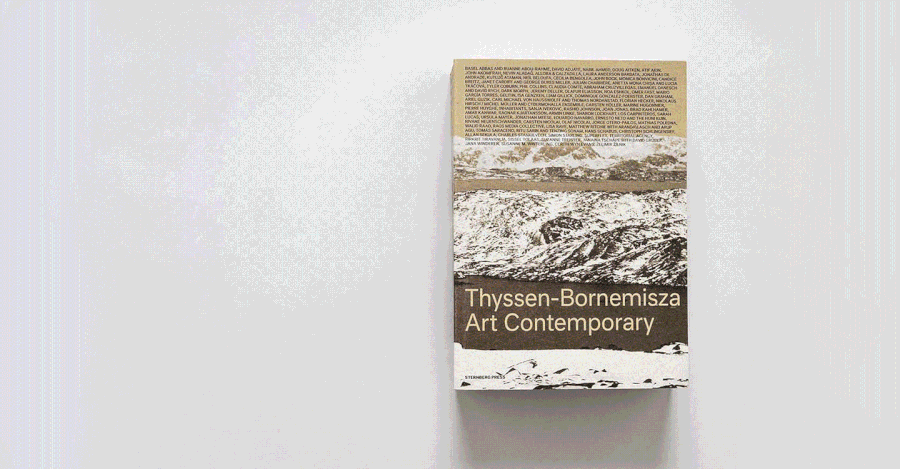Life comes from boredom, 2011
Gelatin

Photo: Courtesy the artists | Thyssen-Bornemisza Art Contemporary
Collection
Collage made of plasticine, photographs, MDF-fibreboard, cable ties, metal strings, metal sticks, nails, plastic, cords
300 x 300 x 35 cm
Life comes from boredom is a plasticine collage painting resulting from a three week public art commission, spent on a minuscule island off Stockholm in summer 2009. Situated on the coordinates 59°21’8” N, 18°48’11” E, the island is a mere rock formation with no infrastructure, where the artists experienced hunger, wind, and waves, but most acutely the feeling of boredom. Out of anticipated ennui, they were dressed in wedding dresses, which subsequently weathered in the rain and winds; they built and dismantled, then rebuilt walls from the few stones they found on the island, and assembled a hut from planks of driftwood to protect themselves from the elements. The plasticine collage uses many of the materials the four artists employed on the island, thereby recounting the story of their adventure, which is also told in a children’s book by the artists (Boring Island [Cologne: Walther König, 2013]).
Ali Janka: We made this island project, which was actually a public sculpture. The island was in Sweden, in a very busy area, but a super random island in the archipelago of Stockholm. It is a traffic island, and you can see all those boots when you are stranded on this island. We were dropped off by boat with some supplies and some wood plinths, and the boat came back three weeks later. The island was just an ass sticking out of the water, in fact a bare rock with no trees and very windy.
Florian Reither: Stingy plants was the only plant that was on the island!
Tobias Urban: We made pesticide.
AJ: The island looked like a bigger apartment.
FR: It was really small, from one end to the other you could walk in about four minutes.
TU: And if you were lucky and the water was warm, you could swim once around the island.
AJ: When we arrived and the boat left, we were wearing our wedding dresses, because the island was a nice plain plane to perform. But actually nobody saw us for a month, nobody came to visit. We announced the show in some magazines but nobody found it.
FR: But we also thought, we are going on to an island, and we see each other for a month, let’s get dressed, let’s dress up a little bit, because when you look at three guys who are permanently in their survival gear, it’s like so boring for your mind! No way!
AJ: It was not about survival, we really wanted to make it clear that we wanted to wear wedding dresses.
FR: Tobias, you were wearing the wedding dress of your…
TU: The wedding dress of my stepmother.
AJ: They wore themselves quite well in rough weather. Also it is nice because you see the shading of time working through the fabric. It’s also a sort of data collection. The island was called Boredom Island.
FR: Boring Island! We had nothing, no books, no electricity, no telephone!
AJ: But we had wood planks. It was so windy, so we built this little house, where we could also come to clear the water.
TU: Wolfgang almost chopped his hand off the very first day.
FR: That was a really fantastic thing, Wolfgang did almost a Yoko Ono performance. He was chopping wood on the stone, and he figured out that he needed a block to chop the wood. He got up in the morning one day, and spent all day long building this block out of plinth, screwing it together, and filling it with stones to make it heavy. And then he put a log on and he hacked in his hand. And he had a cut in his hand. So we made him three stiches, one each with a nylon thread from the fishing gear.
TU: Because there was no fish!
AJ: No, actually the problem was, we tried to get bored, but we it was difficult.
TU: We had so much to do! Life without electricity is a lot of work.
FR: There were two swans on the island, and I built a fantastic costume with their feathers.
AJ: I had a fantastic occupation while I was on the island; I built a wall every day with stones I found. Always the same set of stones. And I tried to find a configuration where the stones would form an i-wall without collapsing. So I was very busy for a month, they would fall everyday, so I had to try the next day. I still couldn’t find a solution.
From a conversation between the artists as part of their performance let's talk about something real, let's talk about love on the island of Lopud, Croatia in October 2011, in the context of TBA21’s Lopud Seminars.
Gelatin are living and working in Vienna, Austria
300 x 300 x 35 cm
Life comes from boredom is a plasticine collage painting resulting from a three week public art commission, spent on a minuscule island off Stockholm in summer 2009. Situated on the coordinates 59°21’8” N, 18°48’11” E, the island is a mere rock formation with no infrastructure, where the artists experienced hunger, wind, and waves, but most acutely the feeling of boredom. Out of anticipated ennui, they were dressed in wedding dresses, which subsequently weathered in the rain and winds; they built and dismantled, then rebuilt walls from the few stones they found on the island, and assembled a hut from planks of driftwood to protect themselves from the elements. The plasticine collage uses many of the materials the four artists employed on the island, thereby recounting the story of their adventure, which is also told in a children’s book by the artists (Boring Island [Cologne: Walther König, 2013]).
Ali Janka: We made this island project, which was actually a public sculpture. The island was in Sweden, in a very busy area, but a super random island in the archipelago of Stockholm. It is a traffic island, and you can see all those boots when you are stranded on this island. We were dropped off by boat with some supplies and some wood plinths, and the boat came back three weeks later. The island was just an ass sticking out of the water, in fact a bare rock with no trees and very windy.
Florian Reither: Stingy plants was the only plant that was on the island!
Tobias Urban: We made pesticide.
AJ: The island looked like a bigger apartment.
FR: It was really small, from one end to the other you could walk in about four minutes.
TU: And if you were lucky and the water was warm, you could swim once around the island.
AJ: When we arrived and the boat left, we were wearing our wedding dresses, because the island was a nice plain plane to perform. But actually nobody saw us for a month, nobody came to visit. We announced the show in some magazines but nobody found it.
FR: But we also thought, we are going on to an island, and we see each other for a month, let’s get dressed, let’s dress up a little bit, because when you look at three guys who are permanently in their survival gear, it’s like so boring for your mind! No way!
AJ: It was not about survival, we really wanted to make it clear that we wanted to wear wedding dresses.
FR: Tobias, you were wearing the wedding dress of your…
TU: The wedding dress of my stepmother.
AJ: They wore themselves quite well in rough weather. Also it is nice because you see the shading of time working through the fabric. It’s also a sort of data collection. The island was called Boredom Island.
FR: Boring Island! We had nothing, no books, no electricity, no telephone!
AJ: But we had wood planks. It was so windy, so we built this little house, where we could also come to clear the water.
TU: Wolfgang almost chopped his hand off the very first day.
FR: That was a really fantastic thing, Wolfgang did almost a Yoko Ono performance. He was chopping wood on the stone, and he figured out that he needed a block to chop the wood. He got up in the morning one day, and spent all day long building this block out of plinth, screwing it together, and filling it with stones to make it heavy. And then he put a log on and he hacked in his hand. And he had a cut in his hand. So we made him three stiches, one each with a nylon thread from the fishing gear.
TU: Because there was no fish!
AJ: No, actually the problem was, we tried to get bored, but we it was difficult.
TU: We had so much to do! Life without electricity is a lot of work.
FR: There were two swans on the island, and I built a fantastic costume with their feathers.
AJ: I had a fantastic occupation while I was on the island; I built a wall every day with stones I found. Always the same set of stones. And I tried to find a configuration where the stones would form an i-wall without collapsing. So I was very busy for a month, they would fall everyday, so I had to try the next day. I still couldn’t find a solution.
From a conversation between the artists as part of their performance let's talk about something real, let's talk about love on the island of Lopud, Croatia in October 2011, in the context of TBA21’s Lopud Seminars.
Gelatin are living and working in Vienna, Austria



